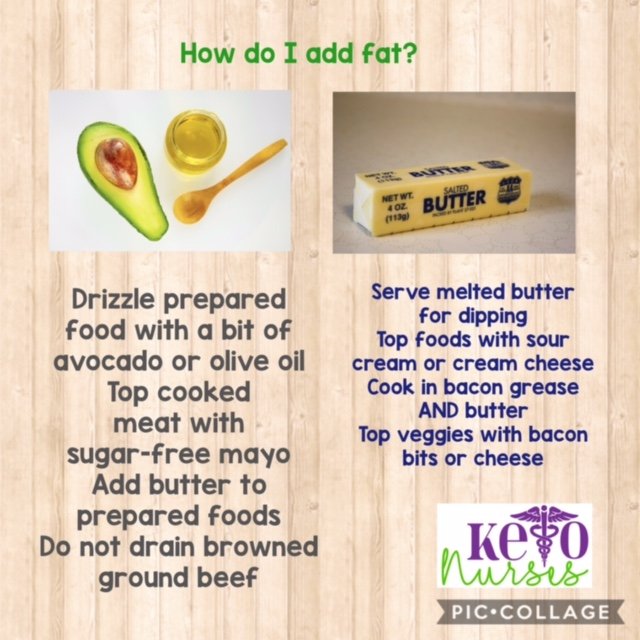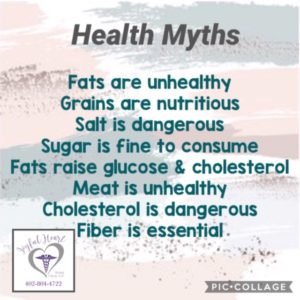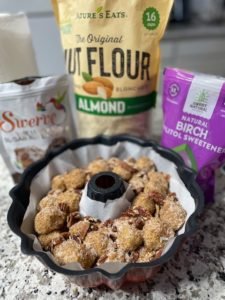Bulletproof or fatty coffee is gaining popularity among dieters and those seeking to improve energy levels, metabolism and brain function. About 5 or 6 years ago, a visit to Tibet resulted in the development of the new recipe for coffee; Dave Asprey created the coffee with “upgraded” coffee beans with lower amounts of mycotoxins. Mycotoxins are toxic fungi that easily colonize crops and can contribute to disease or sickness. Regular coffee often contains mycotoxins, these organisms may be related to some people’s stomach upset or sensitivities when they drink coffee. While some recent studies have suggested that up to 4 cups of regular coffee can help postpone symptoms of Alzheimer’s, the “upgraded” bulletproof coffee (BPC) may turn out to be even more helpful.
It is referred to as “bulletproof” because drinking the “upgraded” coffee with lower mycotoxins and higher fat content seems to make people feel better with higher energy levels, improved brain function, and thus feel “bulletproof” – like nothing can stop them.
Adding fats to the coffee has become quite a trend; it’s a hot topic on many blogs and even made it to “The Today Show” a couple of years ago. More recently, BPC made its debut on “The Queen Latifah Show.”
What fats? Most people that drink bulletproof coffee start with coconut oil or MCT oil. MCT oil is a medium-chain-triglyceride, shown in some studies to aid weight loss and possibly increase metabolism. Medium-chain triglycerides are different from short-chain triglycerides and long-chain triglycerides, in that MCTs do not require bile salts or energy for absorption and digestion. MCT oil is currently being studied as possible benefits for a variety of conditions including Parkinson’s & Alzheimer’s.
In addition to coconut or MCT oil, many recipes include grass-fed butter or ghee; ghee is clarified butter where the butter is heated and solids are separated out. In the Hindu and Indian cultures, ghee is considered a special part of many religious ceremonies, because it comes from “holy” cows and is “separated” or pure. It is believed that ghee is much healthier than regular butter because of the separation of ghee from solids, which are thought to be impurities.
Athletes and bloggers began using this bulletproof coffee and claimed to have better test scores, memory function, energy, and moods. As more people tried it and noticed results, news of this miracle wonder hit the internet on a variety of blogs and social media. As word spread, BPC no longer was only made with the “upgraded” beans, but with all sorts and brands of coffees.
Many recipes abound today; using coconut oil, MCT oil, butter, ghee, and flavors just like fancy baristas use to prepare gourmet coffee blends are widely published on blogs, Facebook, and Twitter. While there may not be a lot of research to support the use of BPC, it is quite a drink! Bloggers and Tweeters have shared hundreds of BPC recipes, and people are concocting their own personal twists to flavors.
Benefits of BPC do appear to include keeping people from feeling hungry; other advantages include feeling more energetic and more alert, with less forgetfulness. Many people drink BP in place of some meals, while other use the BPC with or following meals to help improve satiety and prevent “the munchies” or frequent snacking. Making BPC is quite simple, and recipes abound. Just perform a Google or Bing search for “bulletproof coffee recipes.” Choose a recipe with flavors you like; use a blender for a few seconds to thoroughly mix; remember fats and water don’t stir to mix well. Drink while it’s warm; trust me, congealing fats don’t go down well! LOL
It took me about 2 weeks of tweaking the recipe to get it right for me. So, if you don’t get it right the first time, keep trying. Here is my recipe:
1 Tbsp coconut oil
1 Tbsp grass-fed butter
1/4 cup unsweet vanilla almond milk
1 Tbsp sugar free Torani vanilla flavor – like they use in the fancy coffee shops
Approx. 10 ounces of coffee
Blend for 5-8 seconds, and enjoy. Can be reheated without problems.
1 Tbsp grass-fed butter
1/4 cup unsweet vanilla almond milk
1 Tbsp sugar free Torani vanilla flavor – like they use in the fancy coffee shops
Approx. 10 ounces of coffee
Blend for 5-8 seconds, and enjoy. Can be reheated without problems.
One last tip… some people have a little tummy response to sudden high intake of fats and end up with a bit of urgent need for the restroom. So, if you are JUST beginning to increase fats, use smaller amounts of fats in your BPC for the first week or two. Allow your body a little time to adjust to higher fat content.
Addendum: since writing the original blog in 2015, I have since changed my recipe a bit. LOL I now use only butter in my coffee!!!






